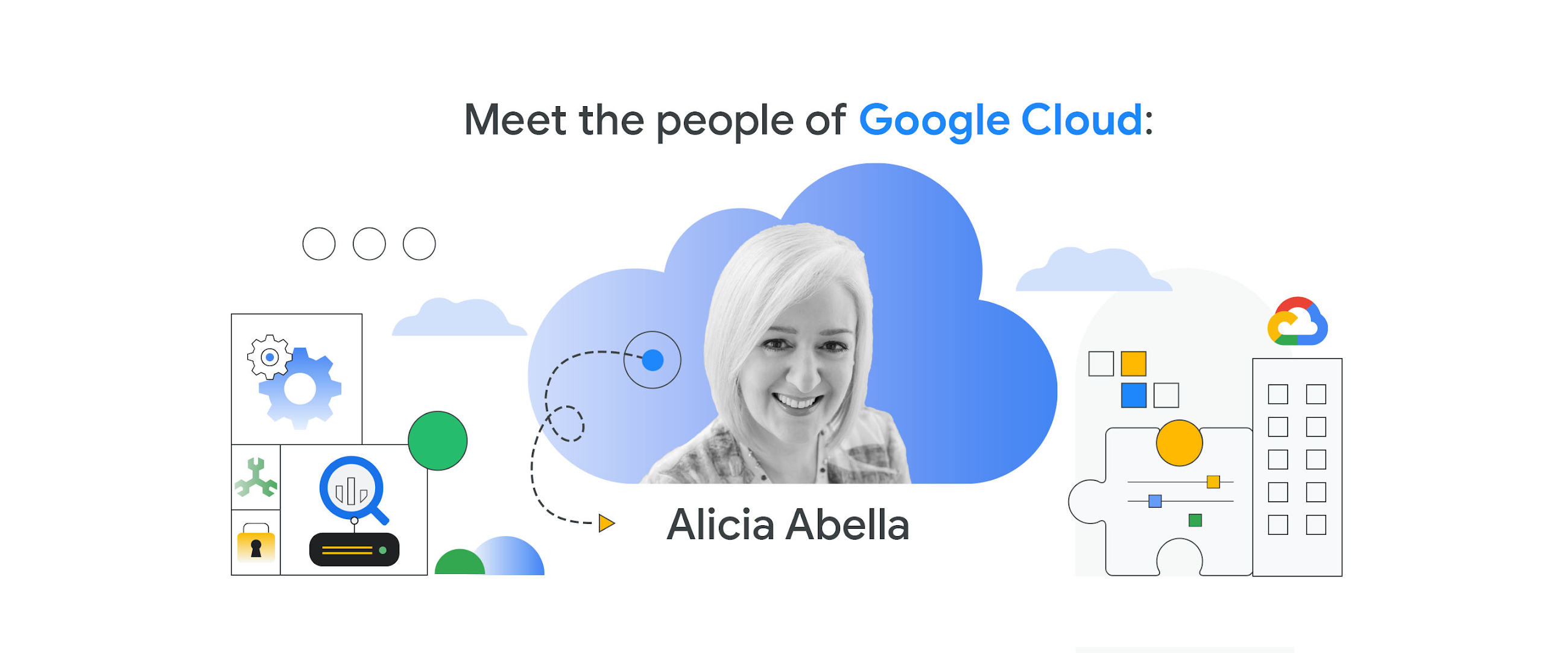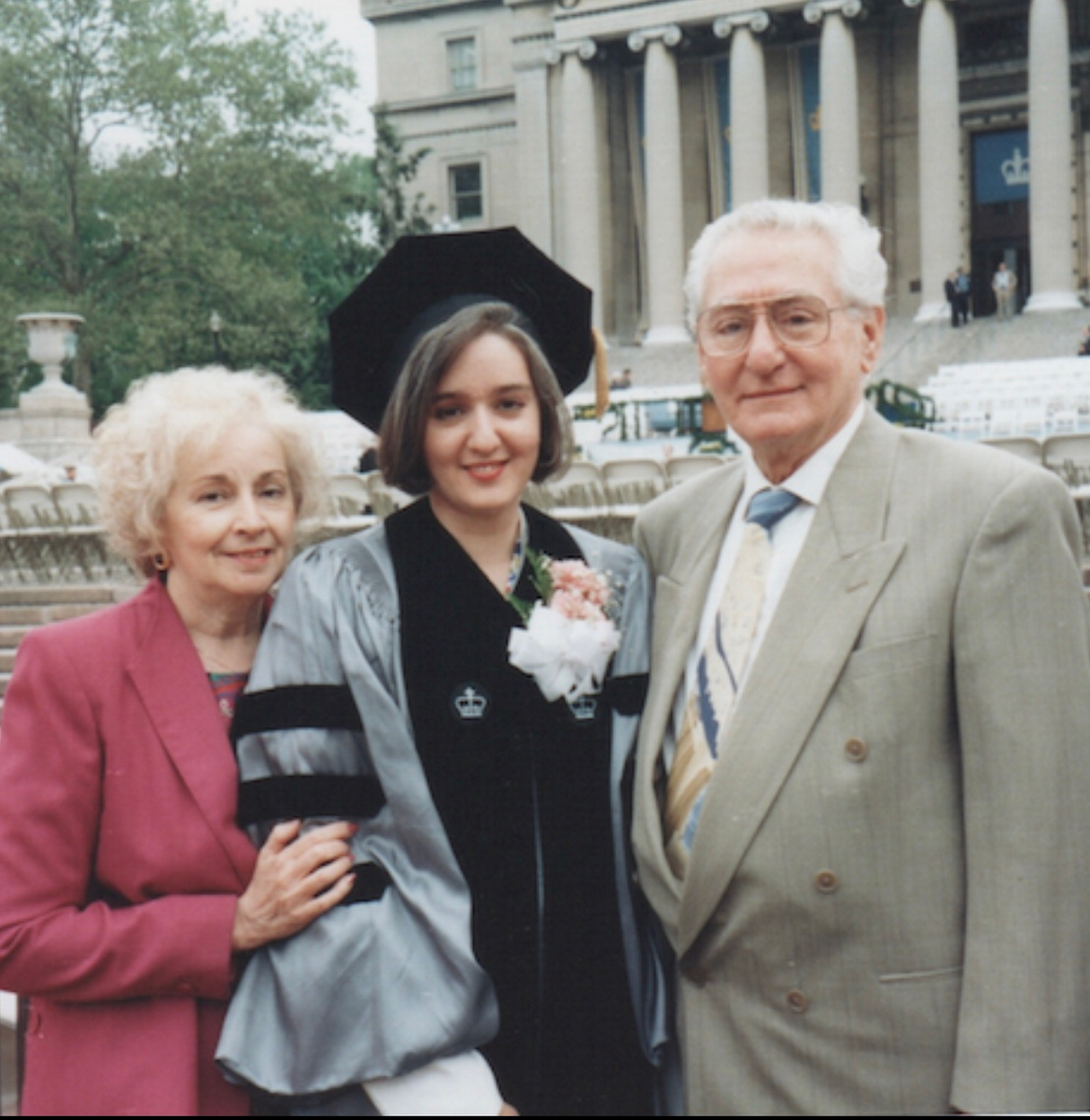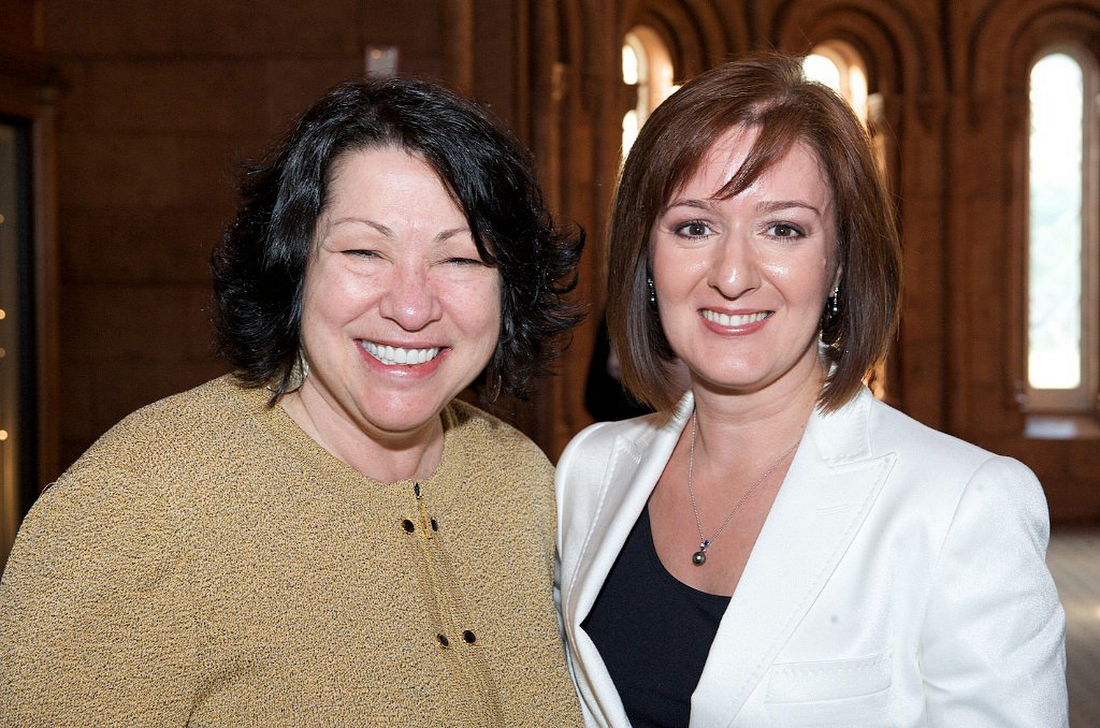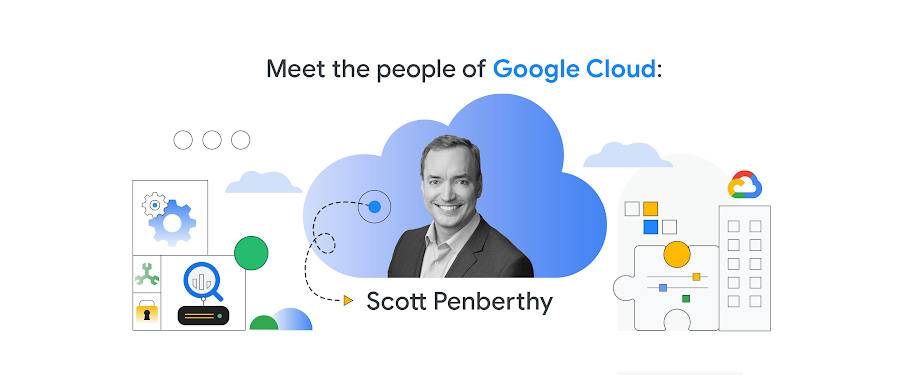Alicia Abella has a PhD and 29 patents to her name — now she’s helping telcos transform and creating opportunities for others to join tech

Google Cloud Content & Editorial
Editor’s note: Alicia Abella is the Managing Director for Telecommunications Industry Solutions at Google Cloud. The work involves bringing complex, advanced technology to businesses across diverse markets and cultures — from startups in Brazil to North America's largest telecommunications companies. The daughter of immigrants from Cuba, she has a PhD, 29 patents, and extensive experience running teams and working with customers.
Did you always see yourself bringing new inventions into the world?
No, not at all. I grew up in Queens, New York — the only child of Cuban immigrants. My parents worked hard and saved money so I could get an education. I was first exposed to programming when I was a junior in high school. Personal computers were just becoming popular, and I thought operating them and fixing them could be a promising career.
While I was attending New York University, I got an internship at Bell Labs, which is the research arm of AT&T. Being around legends in their field who were working on the hardest breakthroughs in computing and communications impacted me greatly. Shortly after, I went to graduate school and worked on Natural Language Processing, Image Recognition, and other software problems. A lot of the Artificial Intelligence work you see today is what we were working on back then.
I stayed at Bell Labs for over 25 years, working my way up and becoming the first woman from AT&T Labs - Research to be promoted to Vice President. During my time there, I obtained 29 patents, received one of the two highest technical achievements, delivered on trailblazing business imperatives, and worked with great people.


How is being at Google Cloud different?
I'd start with what is the same. Google Cloud has innovation, big ideas, difficult research, and people willing to take on really complicated problems. Both Bell Labs and Google Cloud have high engagement with business customers and consumers, but my role at Google Cloud is more client facing. In terms of differences, Google Cloud has many products that billions of people use everyday — so many that we lose count of how much AI and infrastructure goes into making these products pervasive.
At Google Cloud, I work with a diverse range of telecommunications companies that choose cloud for cost-efficiency reasons. The companies partner with us to bring differentiated experiences to customers and generate new revenue opportunities. Many work with us to deploy 5G edge computing solutions and network functions that bring low latency, high bandwidth applications to customers everywhere.
Was it hard moving from the lab to business?
There is a kind of tension you need to understand. It can take decades for a technology to mature, while businesses have many near-term goals. Sometimes you're waiting for the computing to become quick enough, or all the parts of the puzzle to reach maturity, before a product or service is great. Sometimes it's waiting for society to accept the new technology — for example, AT&T demonstrated a desktop video phone in 1970, but it wasn’t until Apple made FaceTime available in 2012 that the technology took off. That was an example of computers getting better and society changing.
There's also the practice of moving between technology and business. I am fortunate to have the ability to translate hard technical concepts into potential uses with real business value. I'm a good listener and have deep customer empathy, which allows me to connect dots — bringing business meeting takeaways to our engineers and discussing what needs to be built.
What do you wish our industry communicated better?
I wish people understood how complex and difficult it is to develop new technology. There's a lot of pressure to earn investments back quickly, but it takes quite a long time to get the big breakthroughs. I wish everyone in the process — from customers and managers to shareholders and the public — understood the need to find that balance.
While there's some truth in the idea of the lone genius and the indispensable founder in tech, people should understand the importance of teamwork. My best moments have been working on small focused teams, where the vision was clear and the passion was high. My first patent was very exciting, and it came as a result of working on a team. I still have it on my wall.
You've also been closely involved with helping women and minorities in the field.
As both a woman and a member of the Hispanic community, these are areas I wish we'd see more progress. The percentage of women earning Computer Science degrees peaked in the mid-80s. The year I got my PhD, I heard I was one of only two Hispanic women PhDs in Engineering. I’ve served on President Obama's Commission for Educational Excellence for Hispanics. I've also served on a nonprofit to promote women in STEM, and try to speak in any forum where I can inspire people. I try to serve as a role model, and meet with individual families about their kids' futures.
Just as with new technological breakthroughs, this too will take time and effort, but I am positive progress can be achieved.






